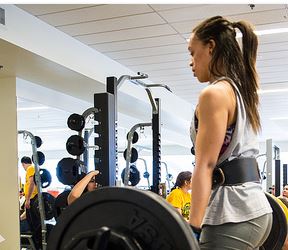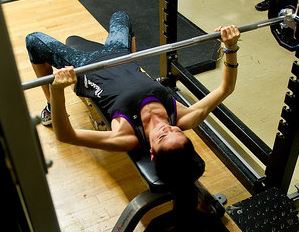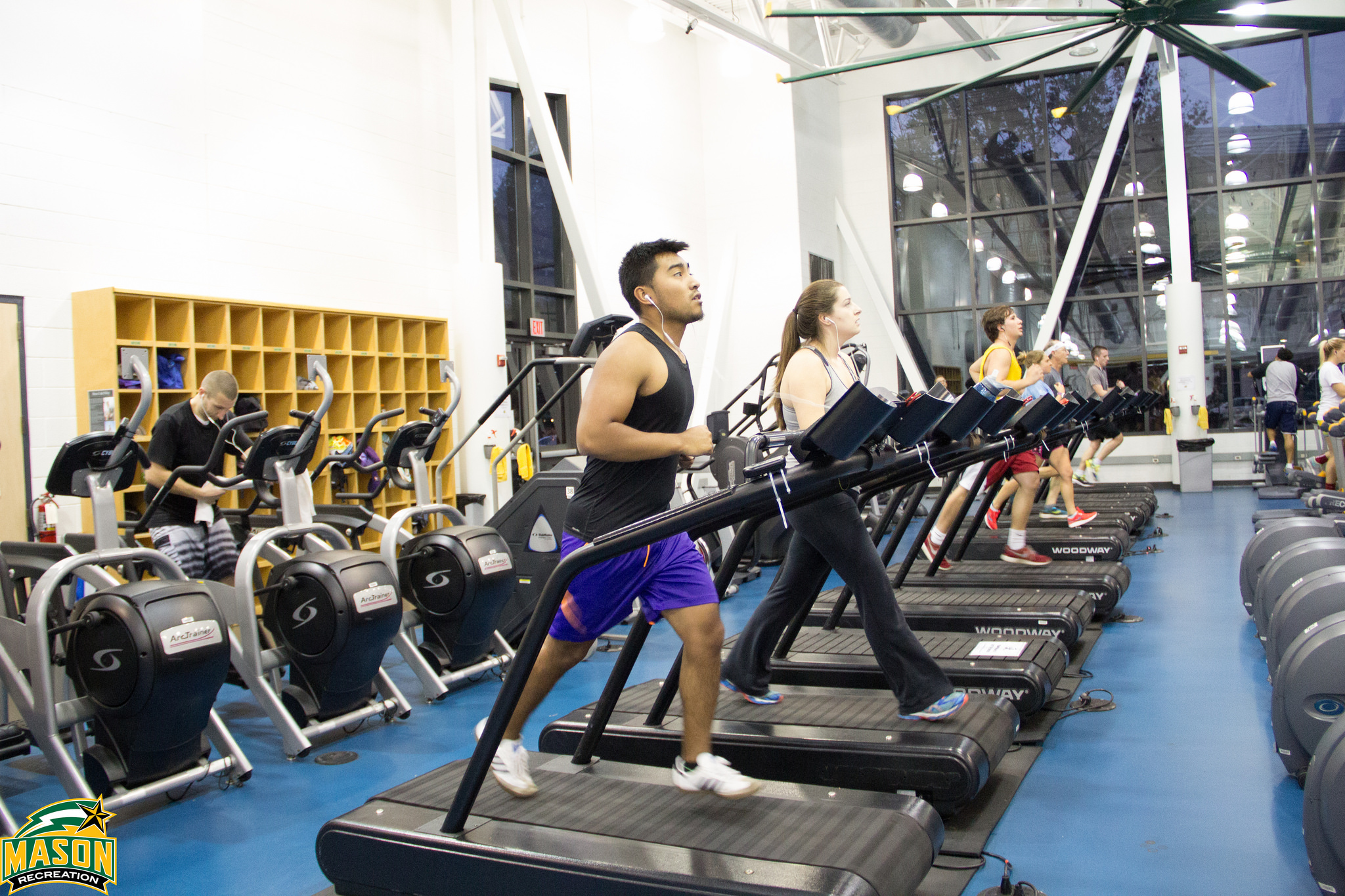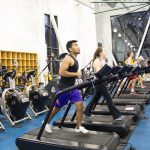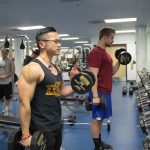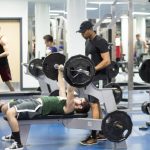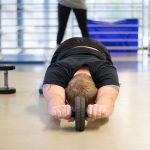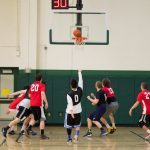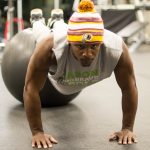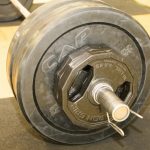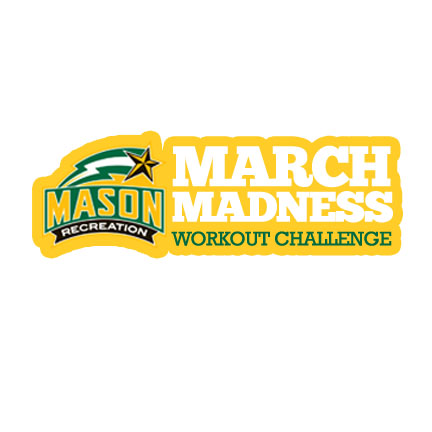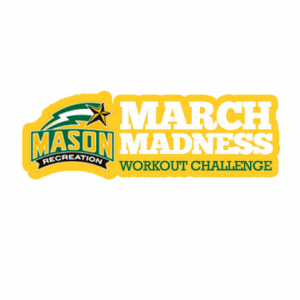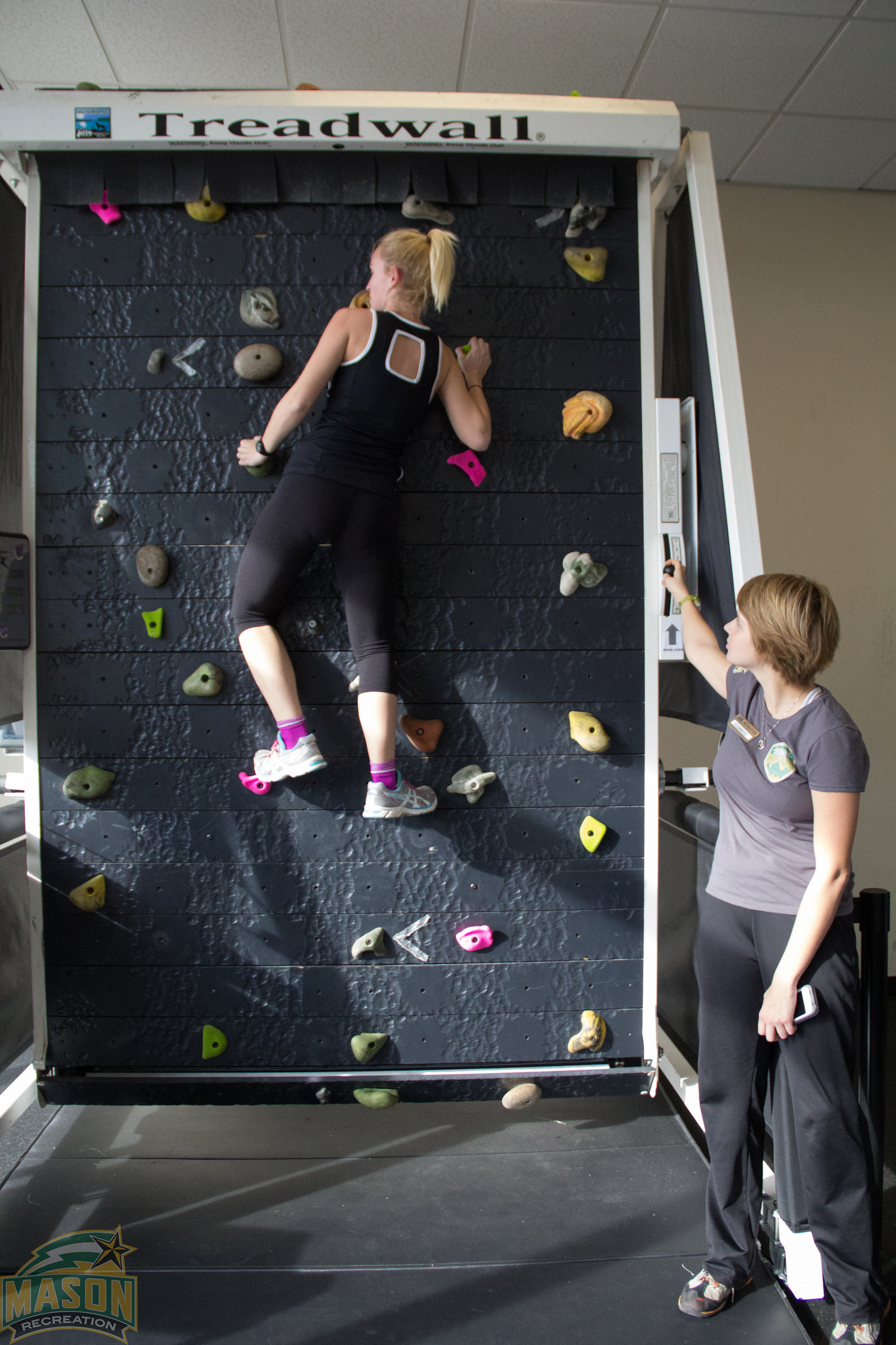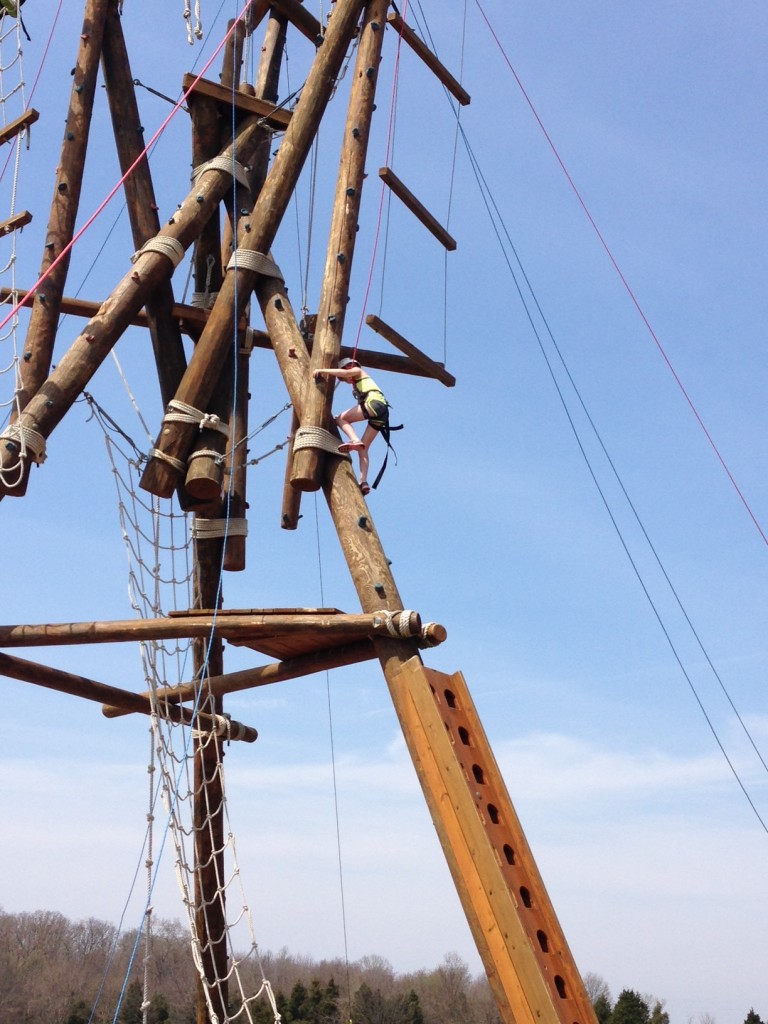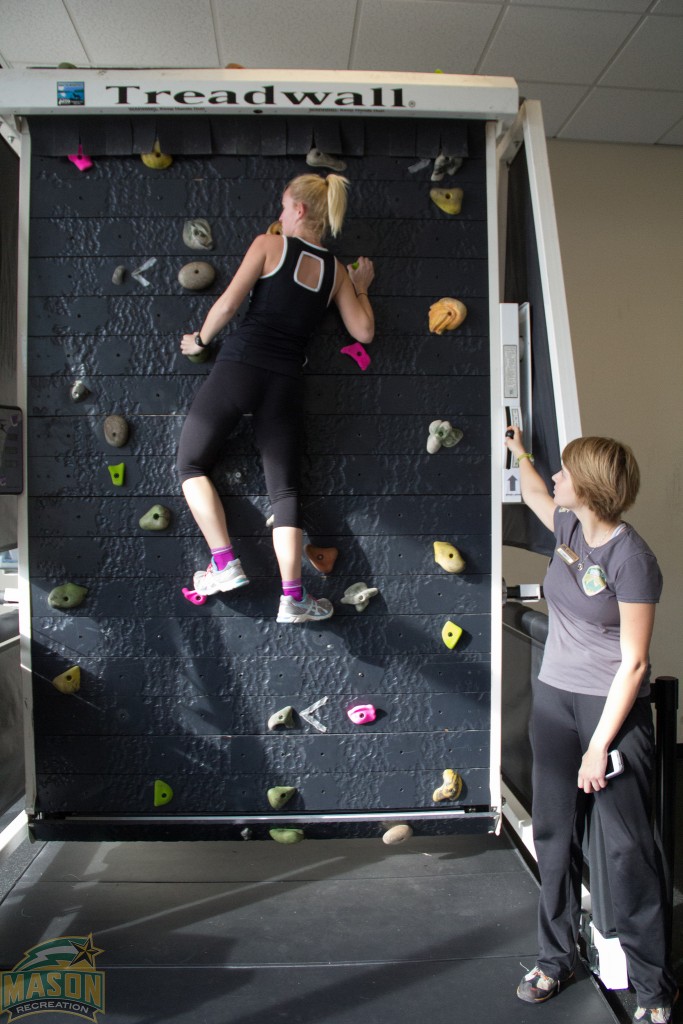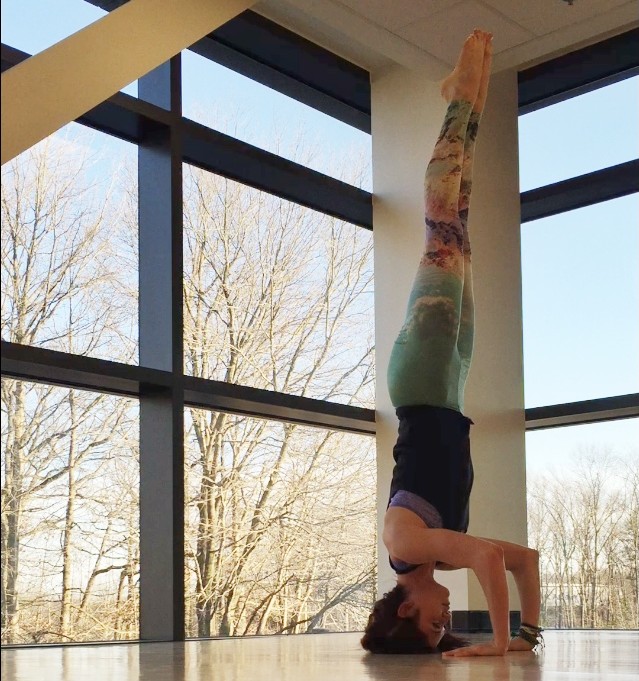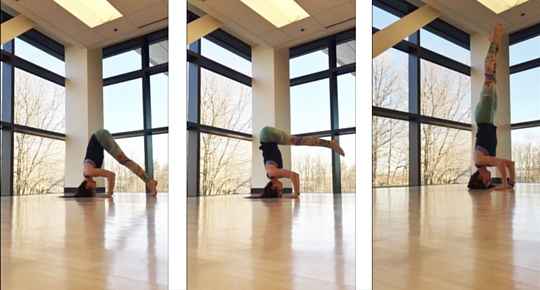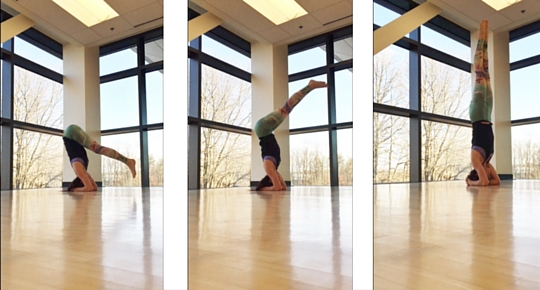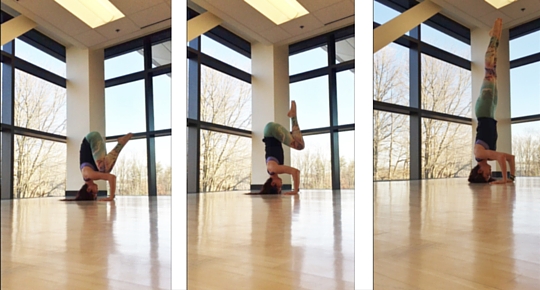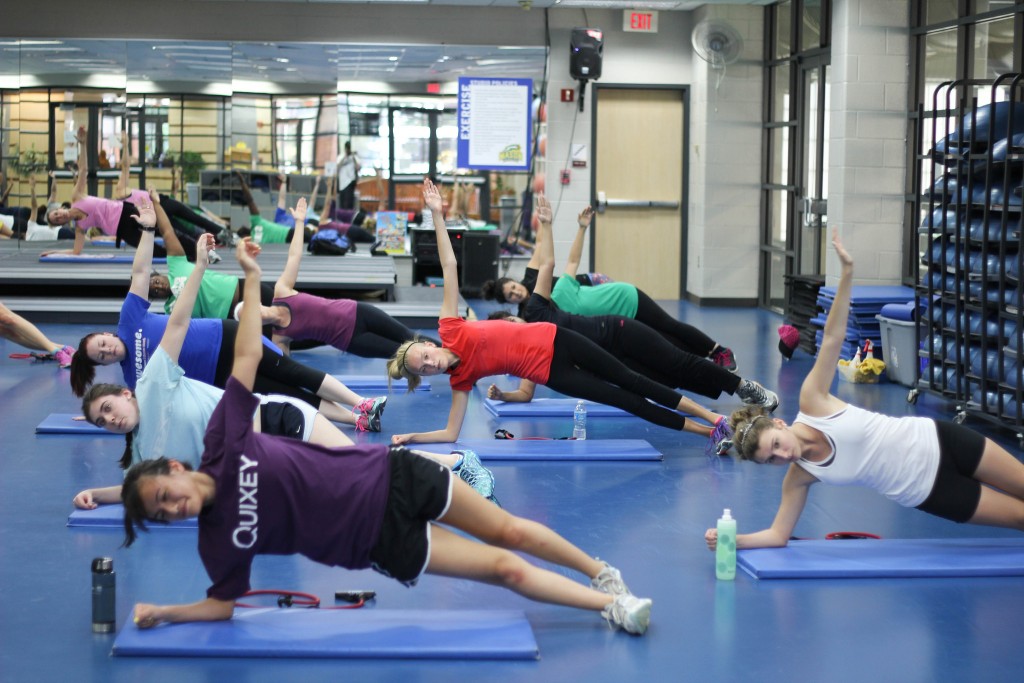Ladies—it’s a simple fact. We NEED to strength train. A basic strength training program will not make you bulky. I repeat, it will not make you bulky. You will not look like a body builder unless you are specifically trying to do so, which takes a regimented training program and diet. Yes, your clothes might feel a little tighter in the beginning while you’re building muscle and starting to lose fat, but if you strength train, get your cardio in, and have a healthful diet, you increase your potential to lose the fat. Either way, the beauty of who you are will beam through.
I am challenging you to strength train. Last month, almost twice as many males as females used our strength training machines. That’s alarming, but even more alarming, six times as many males as females used free weights (dumbbells and barbells) in our facilities. Strength training machines are a great place to start. Get a free equipment orientation to learn how to use the machines correctly then start lifting. Once you feel comfortable on the machines and learn proper lifting technique, go for it with the free weights. I understand that it can be intimidating to use the free weights around the guys, but grab a friend and give it a try—there’s safety in numbers, right? The guys might even think it’s pretty cool that you’re there. If you still don’t want to go on the weight floor, try the free weights in the AFC stretch room or the RAC and Skyline upstairs areas. These areas usually are less crowded but have the weights you need. You also can use weights in the AFC group exercise room if it isn’t being used by a fitness class.
Speaking of fitness classes, we offer group strength training classes, which are a great place to learn how to use free weights safely. Totally Sculpt is all strength. Boot Camp, Total Body Conditioning (TBC), Cardio Sculpt, and Zumba Toning offer strength combined with cardio in one neat package. In the same month mentioned above, women outnumbered men in strength classes more than 14 to 1, which shows you there is a comfortable place for women to lift. Schedules are posted on our website.
Why am I harping on this? Body composition, which is the makeup of the body in terms of the relative percentage of fat free mass and body fat, is affected by strength training. A component of body composition is body fat percentage. A good range for a female to target for body fat percentage is 14 to 24%.
Science and personal experience show how important strength training is for women. The American Council on Exercise (ACE) Personal Trainer manual outlines the science behind how strength training increases overall physical capacity, improves body composition, raises resting metabolic rate resulting in more calories burned on a daily basis, reduces injury risk, and helps prevent disease. One of the examples they give shows that a woman who does not strength train loses about half a pound of muscle each year. This woman weighs 120 pounds with 20% body fat. Without strength training, 20 years later the same woman, still weighing 120 pounds, likely would increase in body fat to 28.3%, losing 10 pounds of muscle while gaining 10 pounds of fat. This same woman likely reduce her metabolism by 3-8% each of those two decades, which equals approximately 120 fewer calories burned at rest per day.
The National Strength and Conditioning Association (NSCA) states that women who strength train regularly can improve their health, reduce their risks of degenerative diseases, enhance sport performance, and develop good feelings about themselves. I don’t need science to know this last benefit is true. While increasing the weight of my barbell makes me feel good about myself, real life situations really m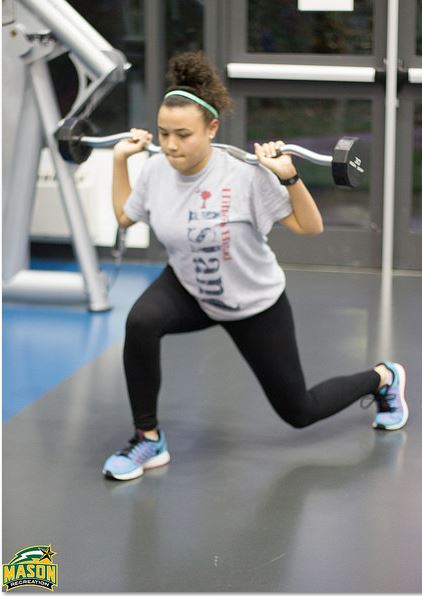 ake the difference. Telling the male employee at the sporting goods store “no thanks, I can carry these 25-pound dumbbells to the car myself” is empowering. Hearing the massage therapist say “wow you have strong back muscles” gives you a sense of accomplishment. And being strong enough to do the physical activities you love while staying injury free is a great way to live your life.
ake the difference. Telling the male employee at the sporting goods store “no thanks, I can carry these 25-pound dumbbells to the car myself” is empowering. Hearing the massage therapist say “wow you have strong back muscles” gives you a sense of accomplishment. And being strong enough to do the physical activities you love while staying injury free is a great way to live your life.
References
American Council on Exercise Personal Trainer Manual, Fifth Edition, pages 327-330.
Essentials of Strength Training and Conditioning, National Strength and Conditioning Association, Third Edition, pages 152-153.

